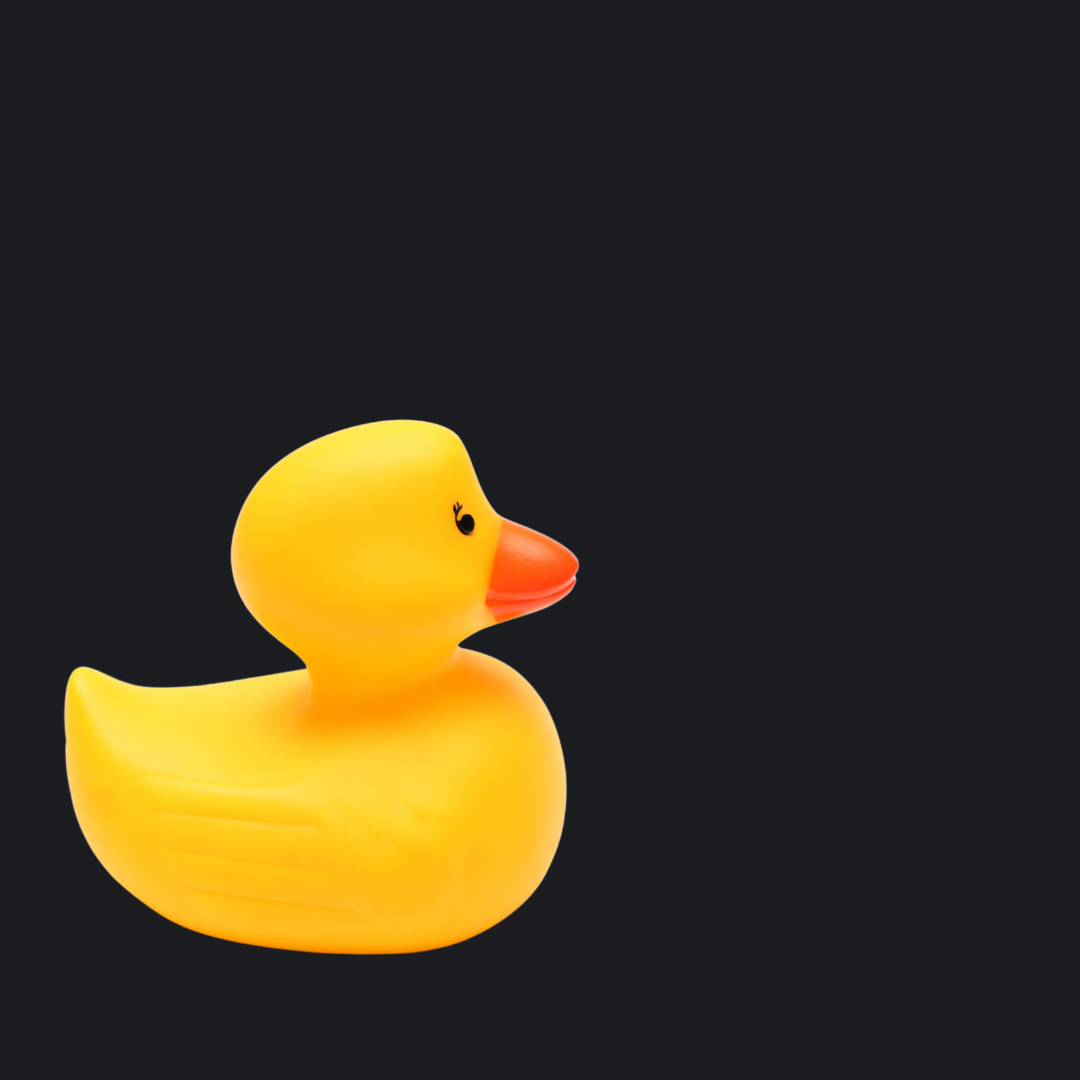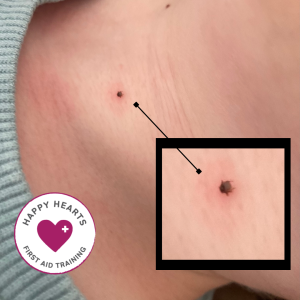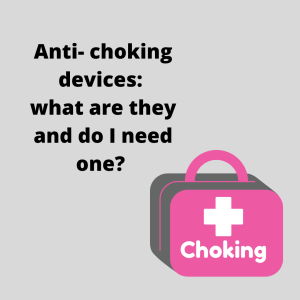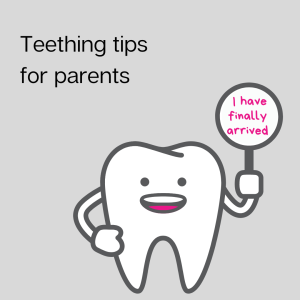Wow… that sounds like the title of a badly scripted toddler horror movie! But if you have a rubber ducky, or any type of squirty bath toy in your bath, this article is a must read. I will outline why these types of bath toys are less than ideal, and how you can easily choose much safer toys for your child to play with in the bath.
Let’s talk biofilm.
Say what?! Biofilm is otherwise known as the nasty mould that builds up on bath toys. Maybe not the bath toys in your house. Maybe you keep yours nice and clean (geez I love you). But there is one particular type of bath toy that is more susceptible to creating this mouldy biofilm, and that is the toys that have a tiny hole in them.

Do you know the ones I mean? Do you have any?
Rubber ducks are a really common example. And, in fact there are lots of other fun shapes and animals designed to squirt water in the bath.
But having a hole means that a smidge of water can stay in it.
Hello warm bathroom.
Hello a bit of dirty bath water.
Hello production of bacteria and fungi!!
Here’s the thing… we know it is okay to expose our kids to bugs. We know that in some circumstances exposure can even strengthen the immune system.
But.
This is very different. There is no guarantee that this bacteria/ fungus won’t cause an infection, and our babies and children are vulnerable. Plus… a lot of these toys are designed for squeezing, and we don’t want that biofilm in the eyes, nose or mouth. No thanks.
So, where to from here? How can you say “bye bye” to nasty bath biofilms?
Here are some options:
- Keep the bath toys you have, empty them thoroughly and disinfect after each use.
- Or maybe you could choose a different style of bath toys in the future.
- Or you could put a dollop of superglue over the hole to stop water from getting in (that’s my favorite solution).
So, what toys are a better option for the bath?
Essentially any toy that cannot store water is a really great choice.
Stacking toys are perfect- they are too big to be a choking risk for little ones, and make the perfect pouring vessel for water play.
Look for labels saying “BPA free” and “non toxic”. There are fantastic foam building blocks and puzzles designed for the bath.
A quick side note:
Maybe this is brand new information to you. Maybe you have these toys and have seen the biofilm that I am talking about just last night in the bath. Maybe you are sitting there reading this, mouth open in disbelief.
Please don’t be worried. This parenting gig doesn’t come with much of a manual. We are all learning on the job and that is exactly what a good employee does.
Oh and before I go! Do these types of bath toys seem to always re-appear in your bathroom? You know they aren’t great, you know they get super dirty, but at the same time, you always seem to have them? I hear you.
If this resonates, ask yourself just how it is that they keep sneaking back in. Chances are the kids are probably receiving them as presents. Maybe for their birthday, or maybe from a well- intentioned grandparent. The short term (and easy) solution is to cover up the hole with superglue before they head to the bathroom. The longer term (and more difficult) answer, is to start having conversations about these safety issues with the people around you. Have a chat to your mother-in-law (or whoever) about the dangers of biofilms. For a more dramatic display, cut open one that you have had hanging around in the bathroom and show her the nasty build-up of bacteria. It is sure to freak you both out, and no doubt it will mean more don’t find their way into the shopping basket!
If you would like to read some tips about keeping bath time safe for your child, read more here.
To enrol in our online Baby First Aid course, and learn these vital skills from the comfort of your sofa, read more here.




